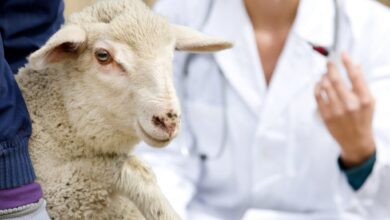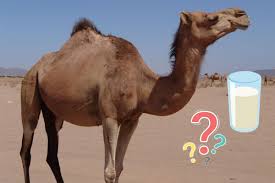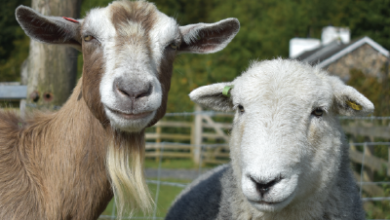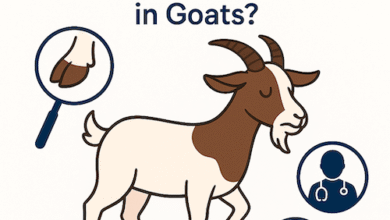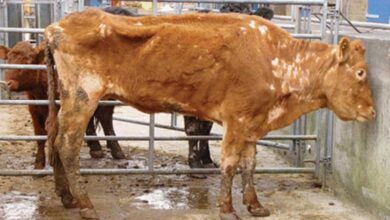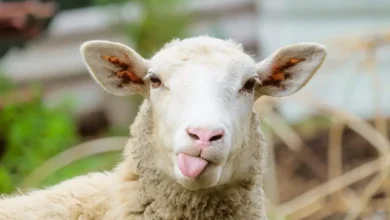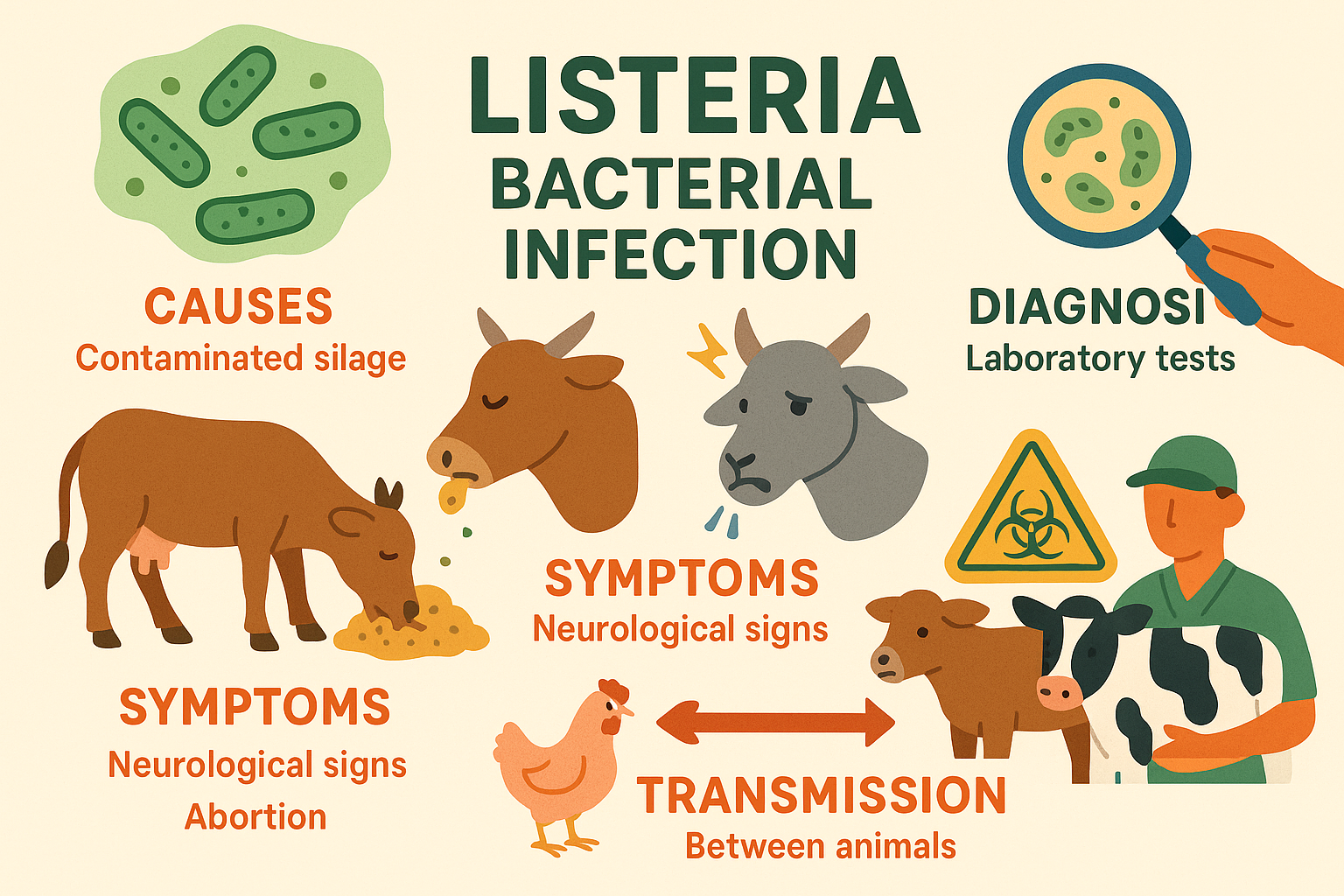
- What is listeriosis:
- Listeriosis is a serious infection caused by the bacteria Listeria monocytogenes, commonly found in contaminated food such as unpasteurized dairy products, partial meats, and smoked seafood.
- It primarily affects pregnant women, newborns, the elderly, and people with weakened immune systems.
- After consuming contaminated food the bacteria can spread from the gut to the bloodstream and other parts of the body.
- It is zoonotic disease easily transmit animals to humans

- Clinical signs of listeriosis:
- vary depending on the person affected.
- In healthy individuals, symptoms may be mild, such as fever, muscle aches, and gastrointestinal issues like nausea or diarrhea.
- In severe cases, especially in vulnerable groups, the infection can lead to meningitis or septicemia.
- Pregnant women may experience only mild flu-like symptoms but risk miscarriage, stillbirth, or infection of the newborn. Symptoms can appear a few days to several weeks after exposure.
- Early diagnosis and antibiotic treatment are crucial for preventing complications.
- Proper food safety practices help reduce the risk of infection.
- Symptoms and Causes:
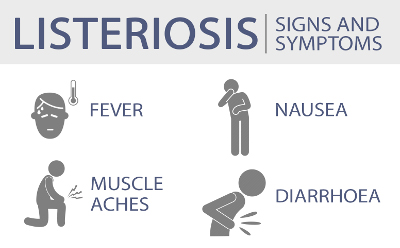
- Listeria infections can be mild or life-threatening.
- Severe infections can cause neurological issues, like seizures.
- Symptoms of Listeria infection
- Listeriosis symptoms include:
- Fever
- Chills
- Headache
- Diarrhea
- Nausea and vomiting
- Muscle or joint pain
- Fatigue
- You might not have all these symptoms. If Listeria spreads beyond your digestive system (invasive listeriosis), you might have additional, severe symptoms.
- These include:
- Confusion
- Loss of balance
- Stiff neck
- Seizures
- Transmission

- How long after Listeria exposure do you get sick?
- Symptoms of listeriosis can start a few days to two weeks after eating contaminated food. If you’re pregnant, you might have mild or no symptoms but can still pass the infection to the fetus.
- Listeria causes:
- The bacteria Listeria monocytogenes causes listeriosis. You get it by eating or drinking something contaminated with the bacteria. If you’re pregnant and get a Listeria infection, you can transmit it to the fetus during pregnancy or childbirth.
- What foods can contain Listeria?
- Foods that are more likely to be contaminated with Listeria.
- Unpasteurized Dairy & Juices
- Raw milk
- Kefir (if made from unpasteurized milk)
- Unpasteurized apple cider
- Farm-fresh cheese or cream (unpasteurized)
- partially prepared meat can easily cause listeriosis bacterial infection
- Diagnosis and Tests:
- Microbiologically by gram staining
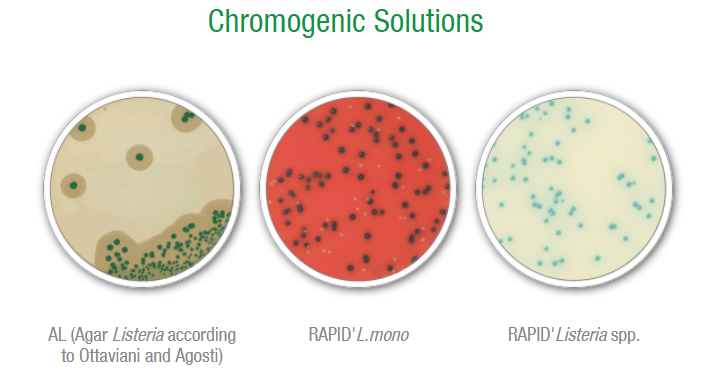
- How do you know if you have listeriosis?
- You won’t know for sure if you have listeriosis unless you get tested. Many people don’t get tested if their symptoms are mild.
- A healthcare provider might suspect you have listeriosis based on your symptoms and whether you’ve eaten something that could’ve been contaminated.
- They can confirm a diagnosis by testing your blood, fluid around your brain and spinal cord (cerebrospinal fluid), or amniotic fluid (if you’re pregnant) for signs of the bacteria.
- Other tests might include:
- Blood culture
- Testing tissue from the placenta after birth (if you’re pregnant)
- CT scan or MRI of your brain if you have neurological symptoms
- How is listeriosis treated?
- Antibiotics like sulfamethoxazole and ampicillin treat listeriosis.
- Take your full course of medication as prescribed by your healthcare provider, even if you start to feel better.
- If you don’t take antibiotics as prescribed, the infection can come back.
- If you have mild symptoms and aren’t pregnant or at risk for serious complications, you might not need treatment.
- Prevention:
- Can Listeria be prevented?
- You can reduce your risk of a Listeria infection by following food safety guidelines:
- Avoid unpasteurized dairy products and juices. This includes milk, cheese and ice cream.
- Wash your hands and any food surfaces before and after cooking,
- Use a scrub brush and clean, running water to clean raw fruits and vegetables.
- Cook hot dogs, egg dishes and seafood to an internal temperature of 165 degrees Fahrenheit (74 degrees Celsius).
- If you’re pregnant, don’t eat refrigerated pâté or meat spreads from the deli or the meat counter at a grocery store. Heat lunch meat until steaming hot.

